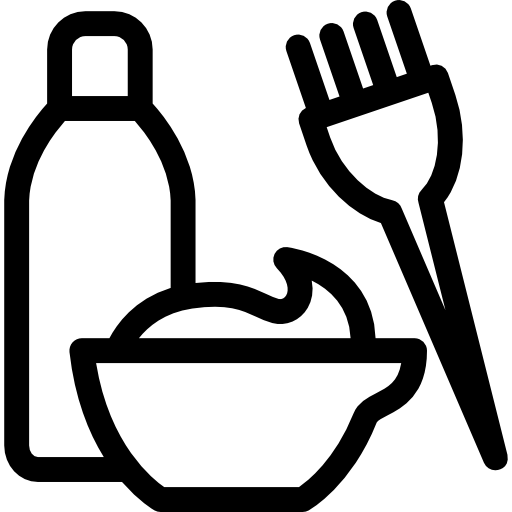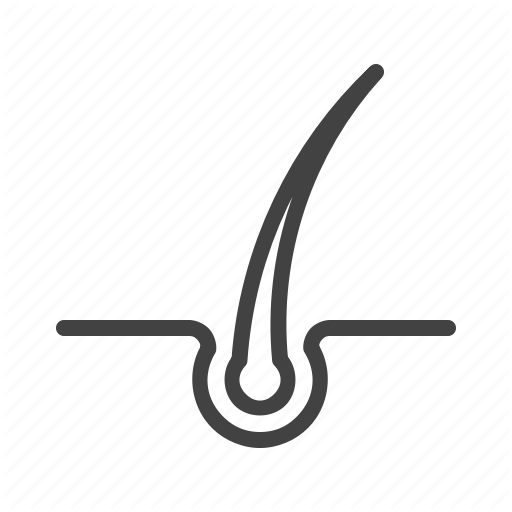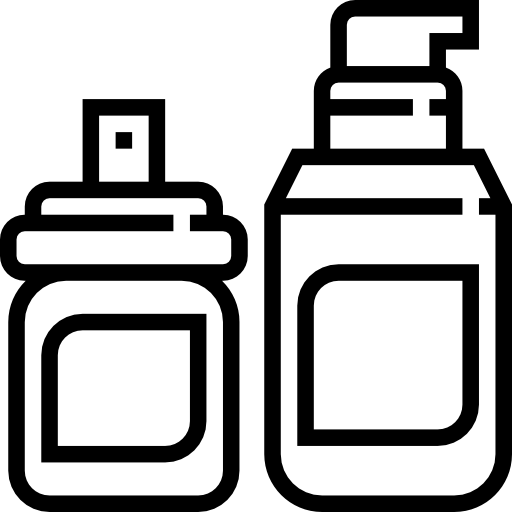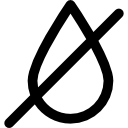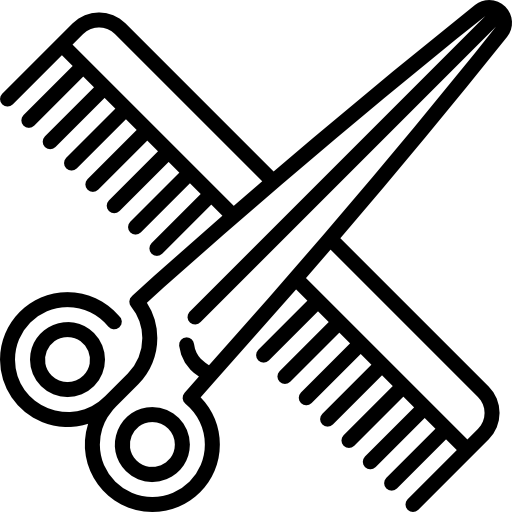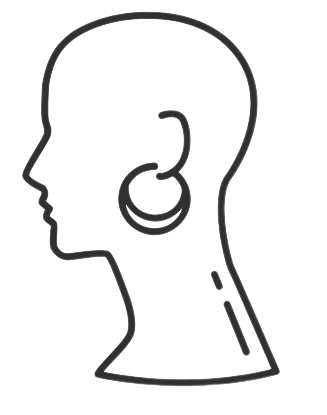Are all alcohols drying?
Simply put… no. All alcohols are not created equally.
Here’s a list of the ‘okay’ or ‘fatty’ alcohols:
Behenyl alcohol
Cetearyl alcohol
Cetyl alcohol
Isocetyl alcohol
Isostearyl alcohol
Lauryl alcohol
Myristyl alcohol
Stearyl alcohol
C30-50 Alcohols
Lanolin alcohol
Fatty alcohols provide an emollient effect, and bind water and oil to give our favorite conditioners their slip and creaminess.
Cetyl and/or Sterayl alcohols are present in most of my favorite products (Pantene R&N Breakage Defense Mask, Herbal Essence Hello Hydration, DevaCare One C). I found the following descrptions on Treasured Locks:
* Cetyl Alcohol- This is a fatty alcohol that is derived from coconut and palm oils. Far from drying, this alcohol is actually an emollient (makes hair and skin softer).
* Stearyl Alcohol- another fatty alcohol. It is nothing like ethanol, it is is actually a white solid and is insoluble in water. Stearyl alcohol is often used in conditioners and shampoos and acts as an emollient (softener).
Which alcohols should I avoid?
Short chain alcohols– SD alcohol, SD alcohol 40, Alcohol denat, Propanol, Propyl alcohol and Isopropyl alcohol.
What’s the difference between yellow and white/gray Shea Butter? How can I tell if it is refined?
The color of unrefined Shea Butter depends on the Shea Nut itself. The color can vary from off-white/beige to medium yellow. I’ve now tried Shea of both the beige and yellow varieties and can detect no discernible difference. As far as benefits are concerned, there is no difference between the various colors yielded by the different Shea nuts. Which means that yellow Shea is no better than beige. In spite of this fact, one can still quickly distinguish unrefined Shea Butter from bleached or processed Shea Butter, because refined Shea Butter is usually odorless, white, and creamy in texture. It looks completely different that unrefined Shea, and is usually more costly.
How do I identify proteins on a product label?
Protein treatments are often used for porous or damaged hair. Make sure to use a moisturizing deep treatment afterward!
Look for the following:
Cocodimonium hydroxypropyl hydrolyzed casein
Cocodimonium hydroxypropyorl hydrolyzed collagen
Cocodimonium hydroxypropyl hydrolyzed hair keratin
Cocodimonium hydroxypropyl hydrolyzed keratin
Cocodimonium hydroxypropyl hydrolyzed rice protein
Cocodimonium hydroxypropyl hydrolyzed silk
Cocodimonium hydroxypropyl hydrolyzed soy protein
Cocodimonium hydroxypropyl hydrolyzed wheat protein
Cocodimonium hydroxypropyl silk amino acids
Cocoyl hydrolyzed collagen
Cocoyl hydrolyzed keratin
Hydrolyzed keratin
Hydrolyzed oat flour
Hydrolyzed silk
Hydrolyzed silk protein
Hydrolyzed soy protein
Hydrolyzed wheat protein
Hydrolyzed wheat protein
Keratin
Potassium cocoyl hydrolyzed collagen
TEA-cocoyl hydrolyzed collagen
TEA-cocoyl hydrolyzed soy protein
How do I know if I’m protein sensitive?
The red flag for me was hard brittle hair. After using certain products, namely Sebastian Potion 9, my hair would look good, but feel very hard and dry to the touch. Eventually I realized that my hair only reacted that way, when I used products containing hydrolized wheat protein and soy protein. Now, I avoid it like the plague! To test my own theory, I revisited Sebastian Potion 9 last year, and needless to say, my hair looked great, but felt horrible. Bottom line- listen to your hair.
How do I identify humectants on a product label?
Humectants are included in many hair care product formulations to promote moisture retention within the hair shaft by absorbing water from the atmosphere. Great for humid and/or tropical climates.
Look for the following:
1,2,6 hexanetriol
Butylene Glycol
Dipropylene glycol
Glycerin
Hexylene Glycol
Panthenol
Phytantriol — enhances moisture-retention, increases absorption of vitamins, panthenol, and amino acids into hair shaft, imparts gloss
Propylene glycol
Sodium PCA
Sorbitol
Triethylene glycol
Polyglyceryl sorbitol
Glucose
Fructose
Polydextrose
Potassium PCA
Urea
Hydrogenated Honey
Hyaluronic Acid
Inositol
Hexanediol beeswax
Hexanetriol Beeswax
Hydrolyzed Elastin
Hydrolyzed Collagen
Hydrolyzed Silk
Hydrolyzed Keratin
Erythritol
Capryl glycol
Isoceteth-(3-10, 20, 30)
Isolaureth-(3-10, 20, 30)
Laneth-(5-50)
Laureth-(1-30)
Steareth-(4-20)
Trideceth-(5-50)
What ingredients act as anti-humectants?
According to Tanya of NaturallyCurly.com— The most common ingredient in anti-humectant formulations are silicones. This is because they not only perform the anti-humectant duties in a superior manner, but they also provide excellent lubrication of the hair and add a high degree of gloss (shine). Esters (such as isopropyl palmitate) are another category of ingredient used for their water-resistant properties in products designed to function well in high humidity climates. There are also many natural ingredients that work well for this purpose, such as hydrogenated castor oil, beeswax, and plant triglycerides such as coconut oil, palm oil, olive oil, and shea butter.
Are all silicones bad?
There are few product ingredient subjects that inspire as much debate as silicones. Silicones are polymers used used to coat the hair shaft to provide a smoothing effect. All silicones, however, are not created equal.













